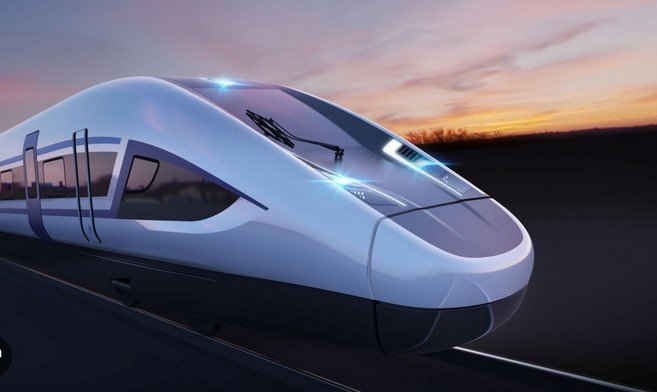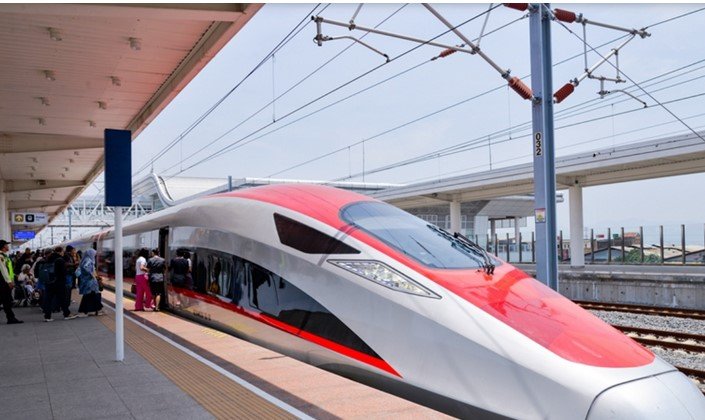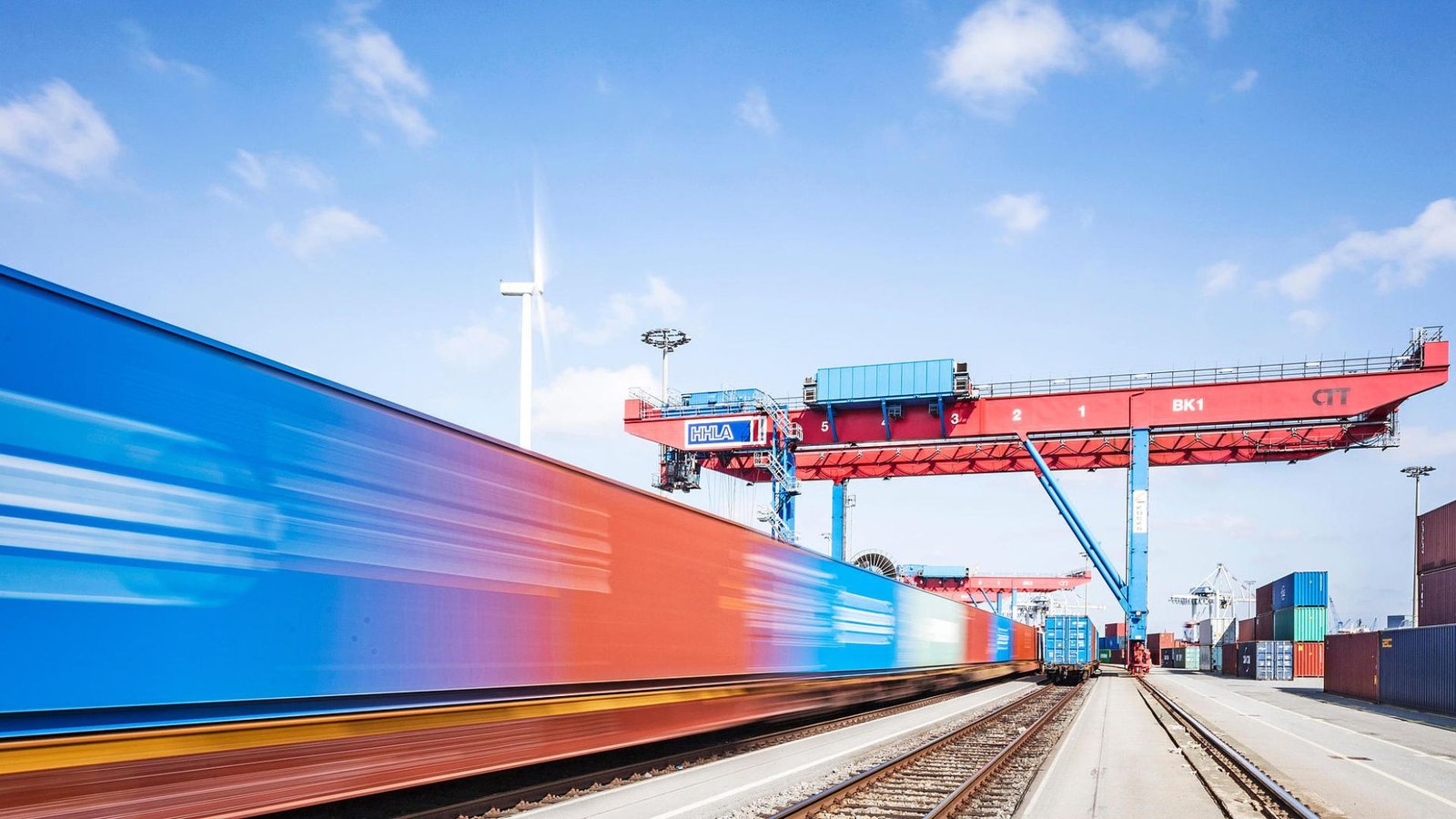High-speed rail is revolutionizing transportation, offering an efficient, sustainable, and fast alternative to traditional travel methods. As the world embraces eco-friendly solutions and looks for ways to reduce congestion, high-speed rail networks have emerged as a game changer. This shift is not only improving the speed and efficiency of travel but is also transforming economies and societies. In this post, we will explore how high-speed rail is reshaping transportation across the globe.

The Rise of High-Speed Rail Networks
High-speed rail (HSR) refers to rail systems that can operate at speeds exceeding 155 miles per hour (250 kilometers per hour). The first successful high-speed train, Japan’s Shinkansen, debuted in 1964, cutting down travel times between cities dramatically. Its success inspired other countries to invest in similar systems. Today, nations like France, China, and Germany have built expansive high-speed rail networks, connecting cities across large regions and even entire countries.
The rapid growth of HSR networks has made them an essential part of modern transportation. High-speed trains have become a faster and more reliable alternative to cars and planes, offering travelers a comfortable and efficient experience. This expansion is significantly altering how people view transportation, with high-speed rail offering a more sustainable and practical option for many.
Environmental Impact of High-Speed Rail
High-speed rail has a significantly lower environmental impact compared to other modes of transportation, particularly airplanes and cars. Airplanes contribute heavily to greenhouse gas emissions, while cars are major contributors to urban congestion and air pollution. In contrast, high-speed trains run on electricity and, when powered by renewable energy sources, produce far fewer emissions.
Many countries are investing in high-speed rail to meet climate goals and reduce their reliance on fossil fuels. For example, the European Union has committed to expanding its high-speed rail network as part of its Green Deal initiative. Electrified rail systems reduce the need for fuel, which helps cut down on carbon footprints, positioning high-speed rail as an eco-friendly solution for sustainable travel.
Speed and Efficiency: The Key Benefits
One of the primary reasons high-speed rail is changing transportation is its speed and efficiency. High-speed trains connect major cities within a few hours, making long-distance travel quick and convenient. In countries like Japan, travelers can move between cities like Tokyo and Osaka in just under three hours, compared to the much longer travel times by car or bus.
This speed also makes high-speed rail an attractive option for business travelers who need to cover significant distances in a short time. Rather than spending hours at airports, high-speed rail offers a more streamlined travel experience with fewer delays and shorter check-in times. Moreover, high-speed trains are often more punctual than flights, reducing the stress of long-haul travel.
Economic Growth and Regional Connectivity
High-speed rail is not only changing how people travel, but it is also having a profound impact on regional economies. By improving connectivity between cities, high-speed rail stimulates economic activity in smaller towns and cities that were once isolated. These connections enable easier access to jobs, services, and business opportunities, boosting local economies.
For example, China has made significant investments in high-speed trains, creating an expansive network that connects major cities like Beijing, Shanghai, and Guangzhou. This connectivity has fostered economic growth by facilitating trade, tourism, and investment across regions. The benefits of high-speed rail extend beyond urban areas, helping to bridge the gap between large metropolitan hubs and surrounding regions.
The Future of High-Speed Rail
The future of high-speed rail is bright, with ongoing investments and innovations aimed at making it even faster, more efficient, and more accessible. Advances in technology, such as maglev (magnetic levitation) trains, promise to push the boundaries of speed even further. These trains could potentially reach speeds of up to 375 miles per hour (600 kilometres per hour), reducing travel times even more.
Additionally, high-speed rail networks are expanding beyond traditional regions. The United States, for instance, is in the process of developing its own high-speed rail systems, such as the California High-Speed Rail project, which will connect major cities like Los Angeles and San Francisco. As more countries and regions invest in high-speed rail, the network will become even more interconnected, making it easier for people to travel efficiently across continents.
Conclusion
High-speed rail is changing the landscape of transportation by providing a faster, more sustainable, and economically beneficial alternative to traditional methods. From its early days in Japan to the global expansion of modern networks, high-speed rail is helping to reshape how we travel. As the world continues to embrace high-speed rail, we can expect even more innovations and improvements, making it an integral part of the transportation systems of tomorrow. With its environmental benefits, speed advantages, and potential to drive economic growth, high-speed rail is undoubtedly the future of travel.




